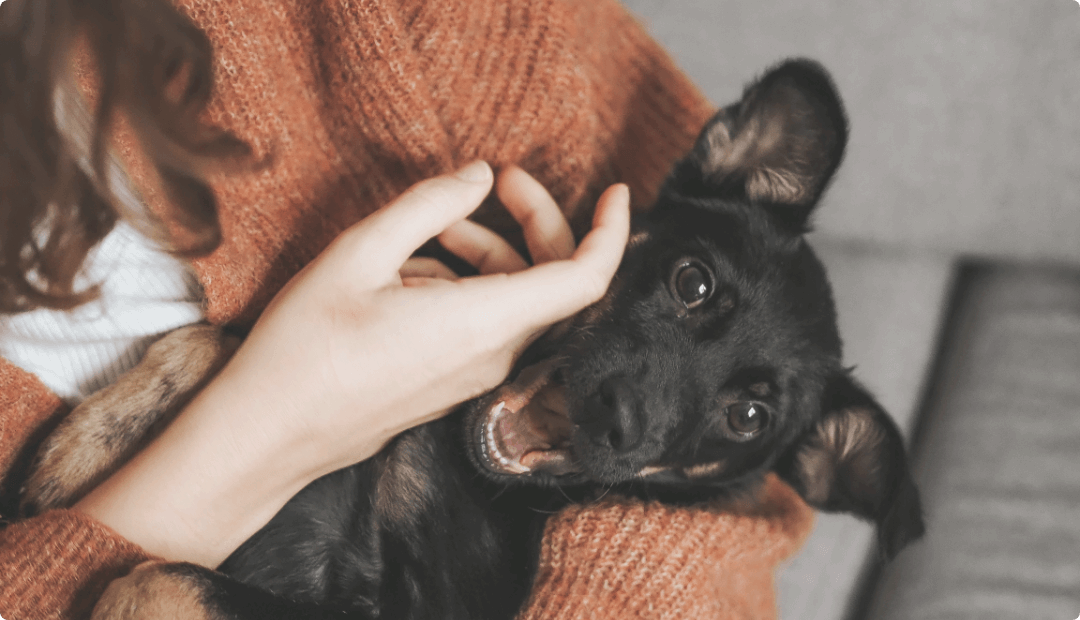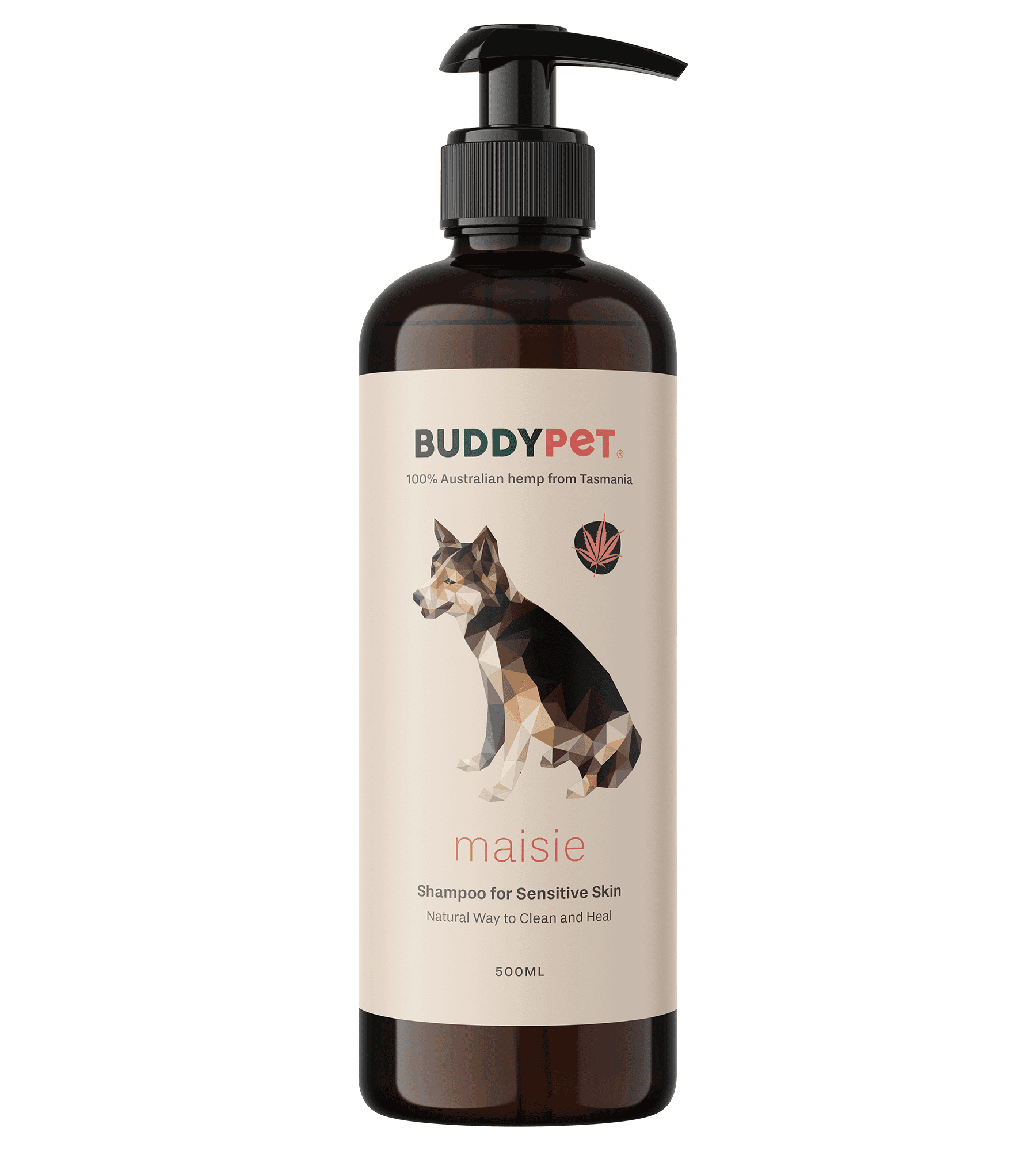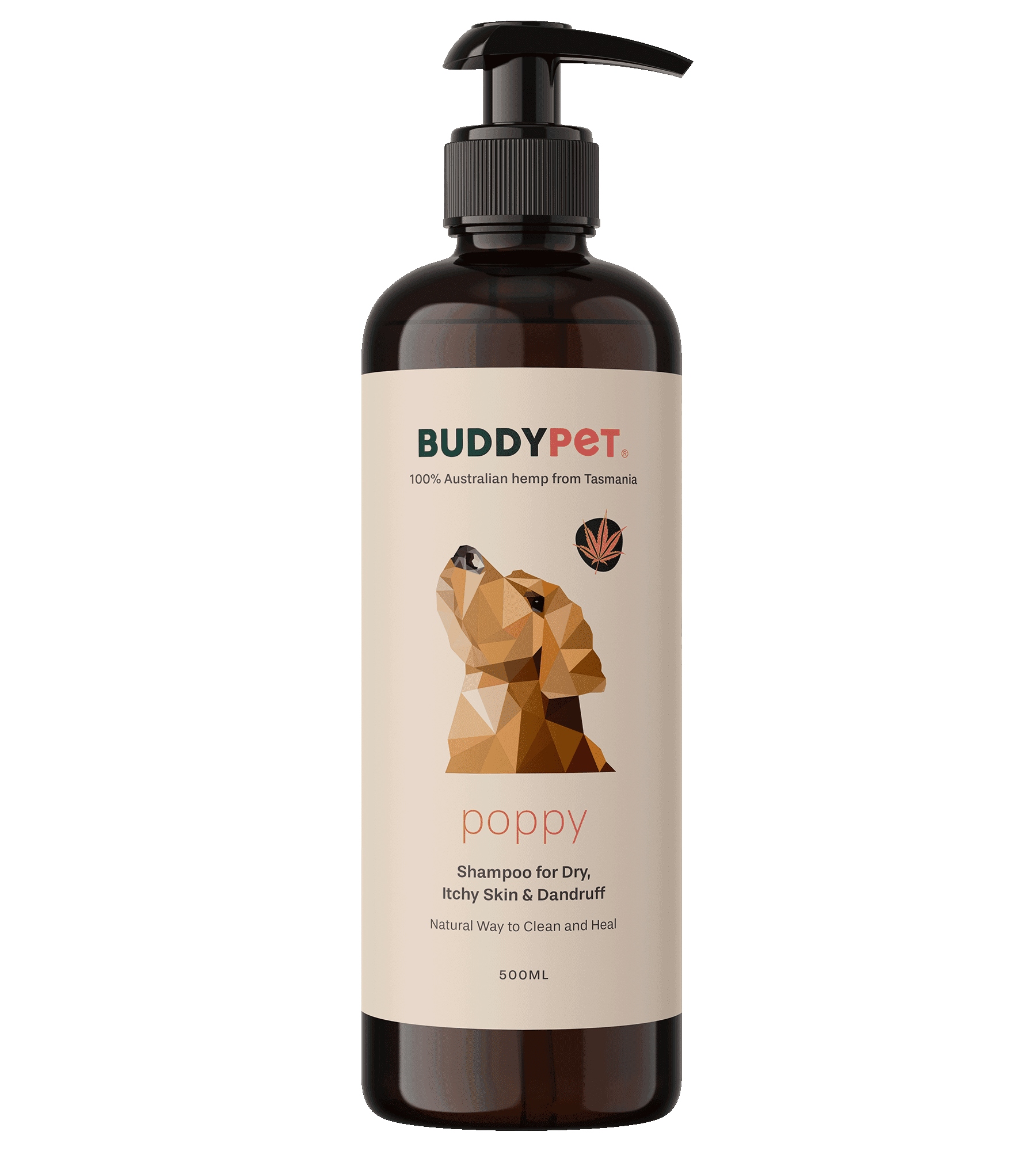While taking your dog to the groomers is a great option, some pet owners are happy to do it at home.
Read on to learn 7 helpful tips to bathe and groom your dog at home.
7 Tips to Groom Your Dog at Home
1. Don’t Wash Your Dog Too Often
While regular bathing is important, too many baths can dry out their skin, stripping it of natural oils. Dry skin will feel sensitive and itchy.
In general, your dog shouldn’t need a bath more than once every few months unless they’ve gotten mud or dirt in their coat. Bathe your dog as needed to keep them smelling normal, nourishing and moisturising their skin.
If your dog has sensitive skin or a history of inflammatory skin conditions, they may need a different bath schedule as part of their treatment plan. Talk with your vet to determine the best bath routine.
After a bath, always remove excess water from your dog’s coat with a large, absorbent towel. Your dog should be fine to air dry after that, but too much moisture could lead to skin infections and painful hot spots.
2. Choose the Right Grooming Products for Your Dog
Your dog’s skin and coat type will stipulate your choice of grooming products. Any shampoo product you use must be made for dogs. Using human shampoos or hygiene products on your pup is not recommended.
Look for a natural dog shampoo product free of harsh chemicals like sulphates, alcohol and parabens that could irritate skin or trigger an allergic reaction. You can also look for natural shampoos specifically made for dogs with itchy skin or sensitive skin. Talk to your vet to help you choose the best product for your pup.
If your pet struggles with chronic atopic dermatitis, itchy skin or sensitive skin, adding hemp seed oil to your dog’s diet and grooming routine can help support their skin and coat health. At BuddyPet, we recommend Marley dietary supplement and 100% natural dog shampoo products like Poppy for dogs with itchy skin and Maisie for dogs with sensitive skin.
You can also apply a mild and gentle hypoallergenic rinse-out conditioner like BUDDYPET George to nourish the coat and help prevent dryness after shampooing.
For more information about itchy skin, read How to Treat and Prevent Itchy Skin.
Lastly, you will want to choose the right brush. Those with long or thick coats will likely need a brush with bristles to penetrate stubborn knots, while dogs with short fur would be OK with a grooming glove.
3. Regularly Brush Your Dog’s Coat
How often you brush your dog’s coat will depend on your dog’s breed and coat type, but all dogs should be brushed regularly to prevent mats, remove dirt, and reduce shedding. Monitor your dog’s coat, look for tangles or dullness, and brush your dog as needed to keep their coat looking smooth and shiny.
As a general guide, dogs with short, smooth coats can be brushed once every few weeks to remove loose hair, and those with short but more dense fur will need to be brushed once a week.
If your dog has a long or double coat, brushing them weekly will remove loose hair and help prevent painful knots and tangles from forming.
It’s important to remove tangles regularly, especially in dogs with thick coats. If moisture gets trapped underneath one of these mats, it can irritate your dog’s skin and even lead to infection.
4. Safely Trim Your Dog’s Nails
If your dog’s nails become too long, they can injure your dog’s paws or lead to long-term joint pain. They should always be short enough so that the nails never touch the ground when your dog walks.
To trim your dog’s nails, you can use nail clippers or a grinder, depending on which method your dog prefers.
Always have styptic powder nearby in case you cut the nail too short. While cutting your dog’s nails too short will not likely cause long-term harm, they will bleed, and styptic powder can help quickly stop the bleeding.
5. Check Your Dog’s Skin as You Groom
Grooming your dog is the perfect opportunity to check their skin for injuries, infections, and parasites.
While brushing or bathing your pup, look closely for fleas, ticks, or red patches. If your dog has been scratching or biting at a particular place, examine that spot closely for signs of skin irritation or hot spots.
Grooming your dog is also a great time to feel for new lumps or bumps. Catching these early and taking your pup to the vet can help make treatment easier and more effective.
6. Make Grooming a Positive Experience for Your Dog
Grooming isn’t always the easiest thing for pet parents to do at home, but there are ways to help your pup enjoy the experience more. The best way is through positive reinforcement with treats or toys, so your dog will learn to associate grooming with something they love.
If you can, start the positive reinforcement training with your dog early when they’re still a puppy. The foundations that you lay for your puppy will carry them through adulthood.
Start slowly by touching your dog and rewarding them for their calm behaviour. Pay special attention to handling their paws and ears—these are often the most sensitive areas for dogs, so they may need additional reinforcement to get comfortable.
From there, you can build up to the actual grooming processes. As you bathe your dog or trim their nails, continue rewarding your dog when they are calm.
7. Regularly Check and Clean Your Dog’s Ears
Ear infections are common for many dogs, especially if your dog has folded over (floppy) ears. Regular exams of your dog’s ears are a great way to prevent ear infections or catch them early for treatment.
Look inside your dog’s ears for any sign of inflammation. An infected dog’s ear will likely be red and swollen inside, and it might also have an unpleasant odour.
To help prevent ear infections, clean your dog’s ears weekly using a vet-recommended ear cleaning solution and cotton balls. Make sure you dry your dog’s ears thoroughly after cleaning because excess moisture can breed bacteria and infection.
It’s also a good idea to use cotton balls in your pup’s ears during bath time.
Are You Ready to Groom Your Dog at Home?
As a pet parent, keeping your dog happy and healthy is your top priority.
Establishing regular grooming habits like bathing, brushing, and trimming your dog’s nails can help you stay on top of your dog’s health and keep them looking and feeling their best.




